Growing Garlic in Warmer Climates
Keene Garlic is based in Wisconsin. As such, our experiences with growing garlic are based upon working in a colder climate. For those you who live in warmer climates, we have researched best practices from around the United States, gathering data and experiences from growers working in warmer climates and various soil compositions, to bring you the best information we can provide.
First, garlic loves loose soil so its roots can spread easily. Also, the soil should be well-draining; water-logging can occur in soils with poor drainage. Building up a bed for the garlic might help growers with poor drainage conditions. Garlic requires 8 or more hours of full sunlight daily, as well as daily watering by keeping the soil moist, but not saturated. Softnecks, purple stripes, Creoles, and Turbans are more tolerant of warmer winters than hardnecks or Rocamboles.[1]
While October 15 is the approximate date of planting for most growers in the United States, growers in warmer climates will want to take extra steps, and wait a bit longer, to prepare their garlic seeds.
Vernalizing – which means shortening the growth period by chilling or other treatments – several weeks before planting is recommended for growers in warmer climates. For warm regions, you may want to put your garlic in a brown paper bag in the crisper drawer for about 40 days to mimic winter. Florida growers recommend at least 6-8 weeks of vernalizing, but 10-12 for very warm climates might be appropriate. Check your bulbs periodically to ensure they are still firm and there is no mold growth.
Although we have not heard customers do this, we did find this website interesting on how they are getting garlic to grow and size up. According to Ediblehi.com, one way to increase bulb size is to uncover the soil around the bulb, without exposing the roots, remove the brown leaf at the very bottom of the plant, peeling it from the bulb every couple of days. The decreased tension on the bulb helps to grow more easily, and the sun exposure causes the skin color to change from white to purple.[2]
The goal is to keep your soil cool when spring comes. Garlic wants to naturally die back when the soil temps hit 90 degrees. Our customers who are able to keep their soil cooler are able to increase bulb size. This is done through shade cloth, mulching, frequent light watering. Mulching is essential, regardless the climate you inhabit. Mulch good and deep! In areas that experience warmer winters and springs, the soil warms very early. Warmer soil temperatures lead to early bulbing, which leads to underdeveloped heads. Mulch helps to keep soil cooler.[3]
Again, these are an accumulation of customer success of growing in warmer regions as well as other research sources. It is always good to check your region’s Master Gardeners association or local extension office for other tips for garlic growing success.
Here is a link so some garlic varieties that grow well in warmer regions.
[1] https://davesgarden.com/guides/articles/view/1031
[2] https://ediblehi.com/growing-garlic-in-hawaii/
[3] https://www.thesurvivalgardener.com/grow-garlic-florida/
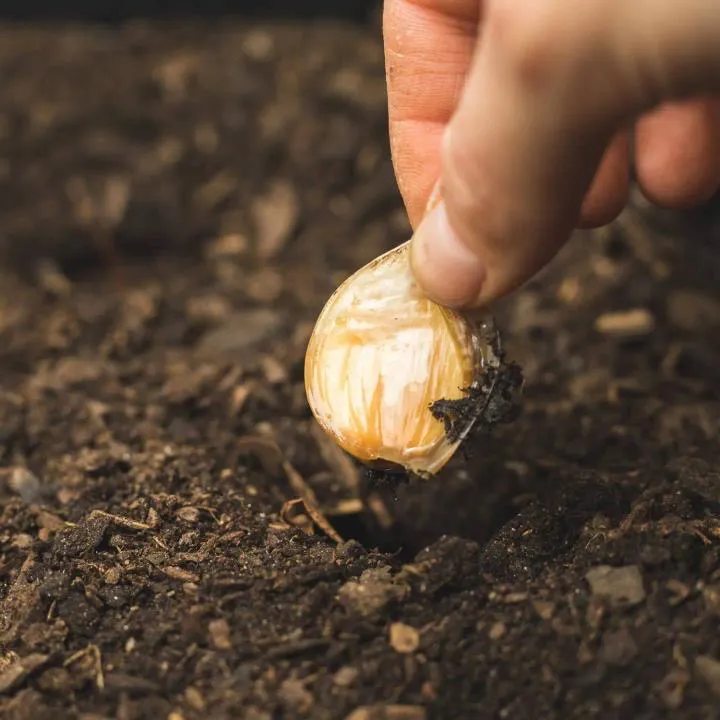
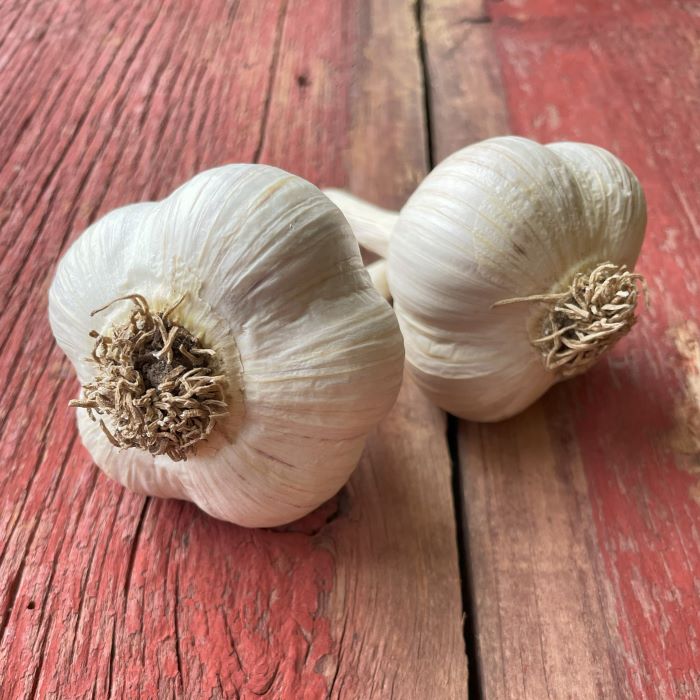
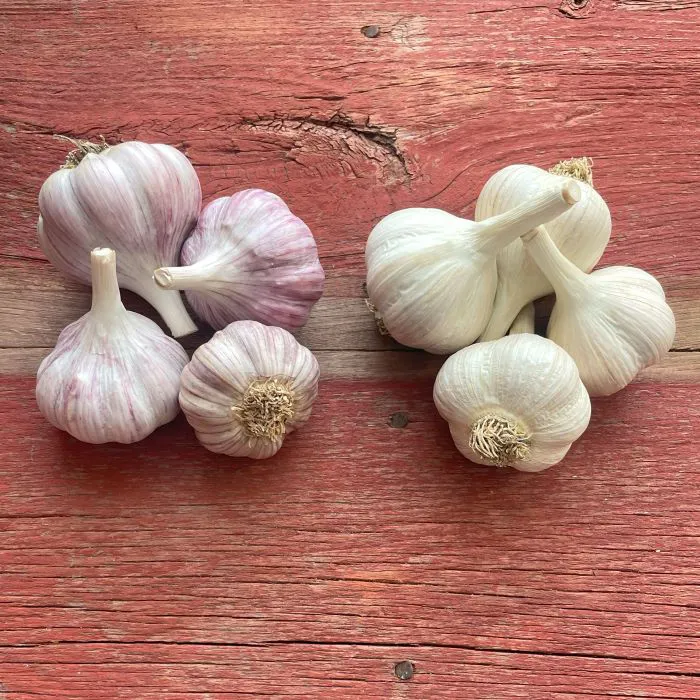
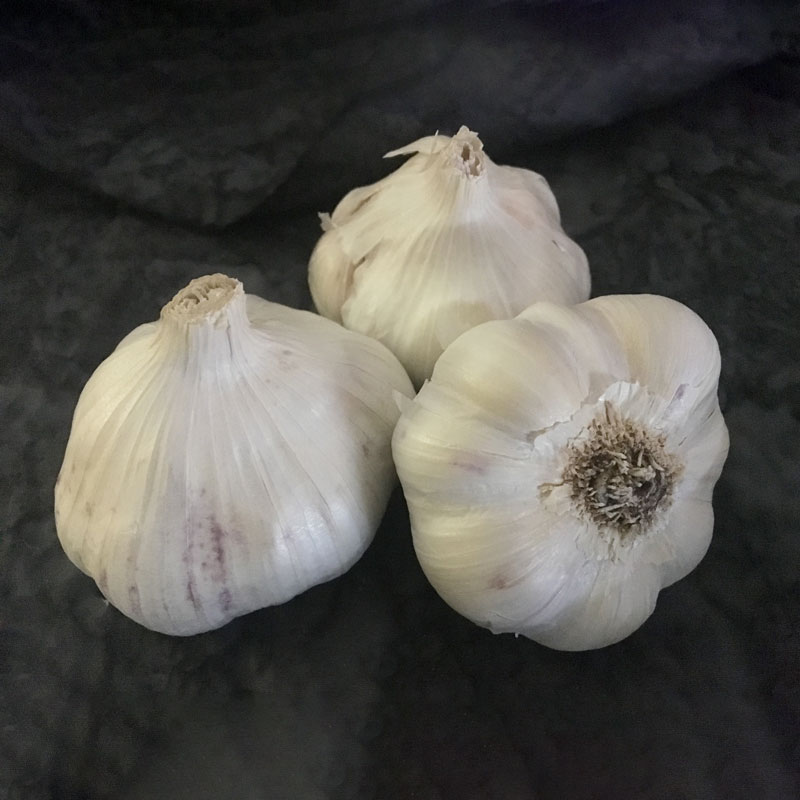
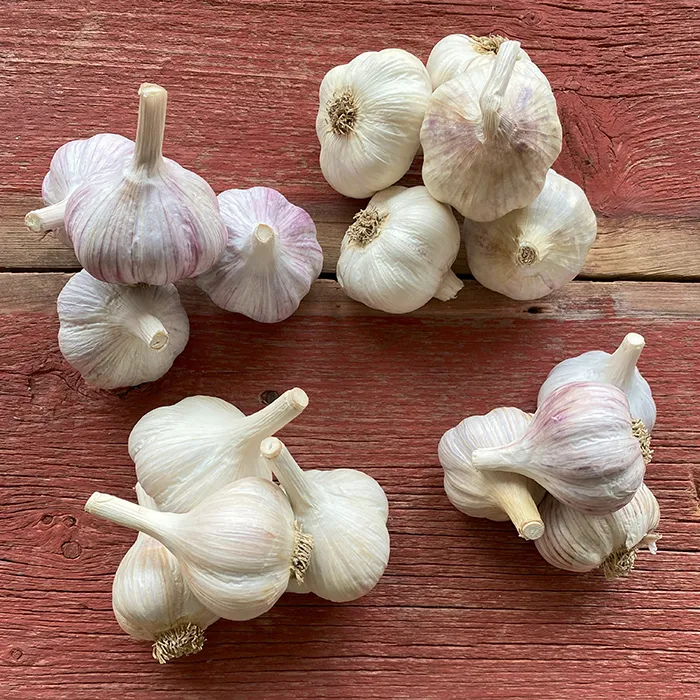
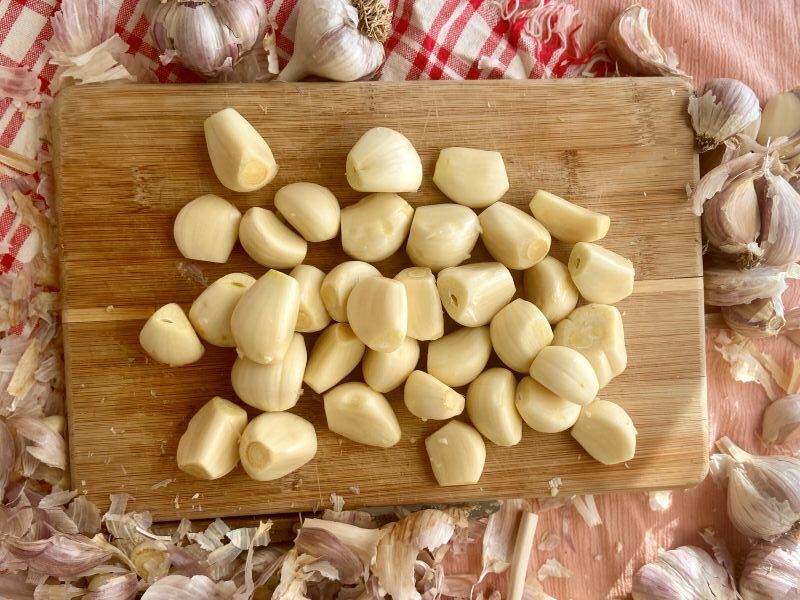
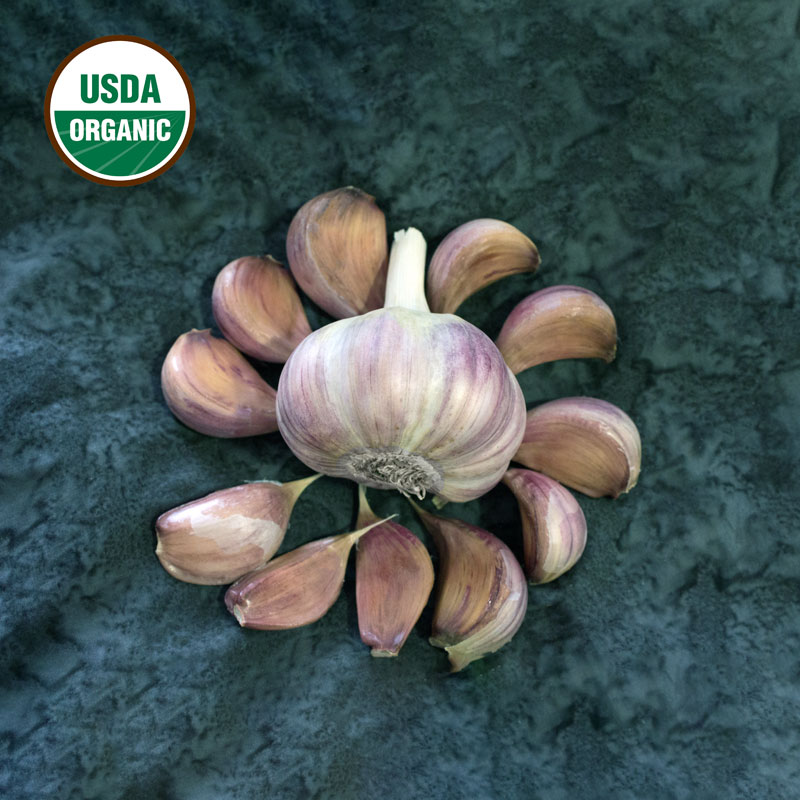
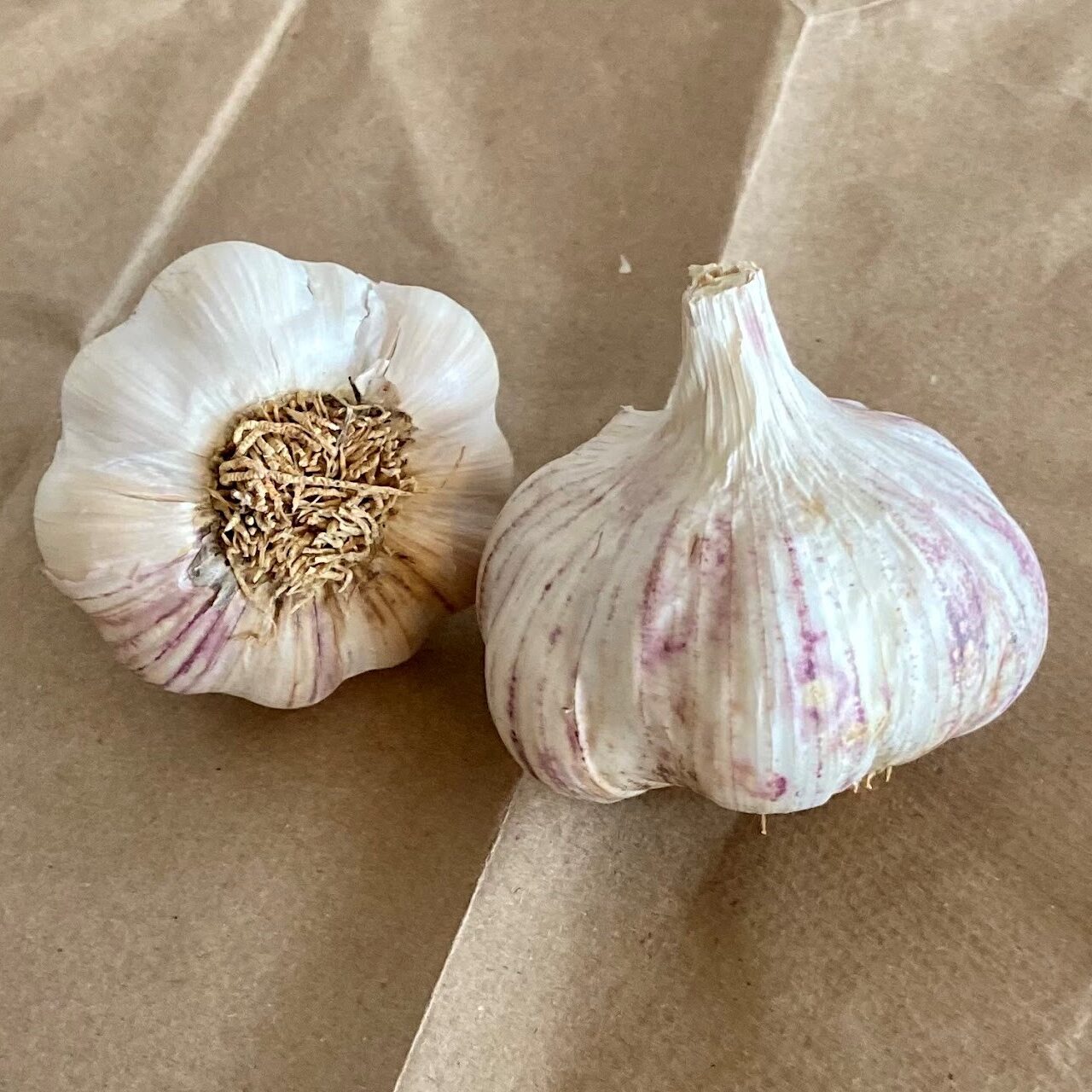
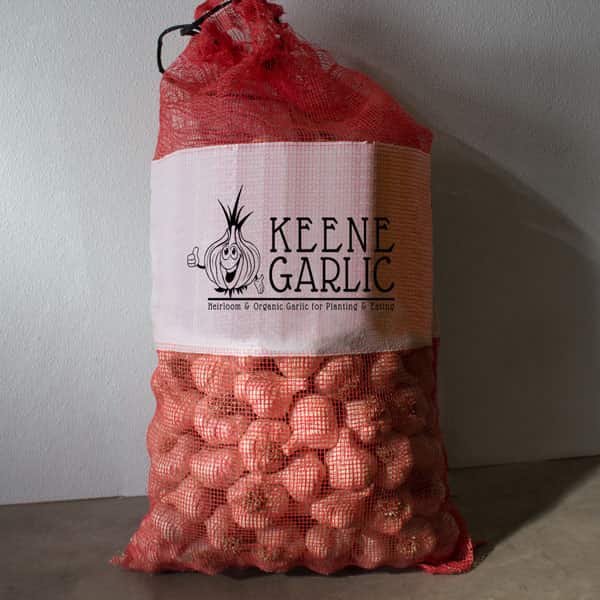
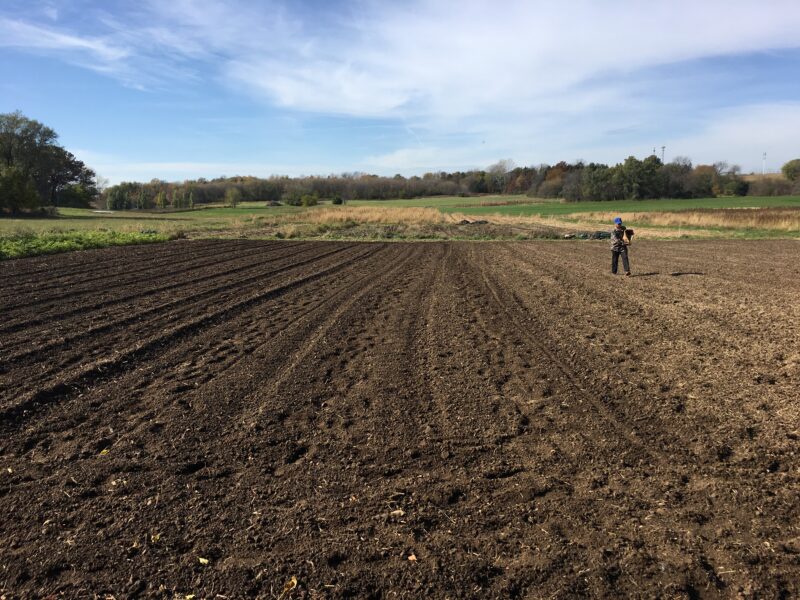
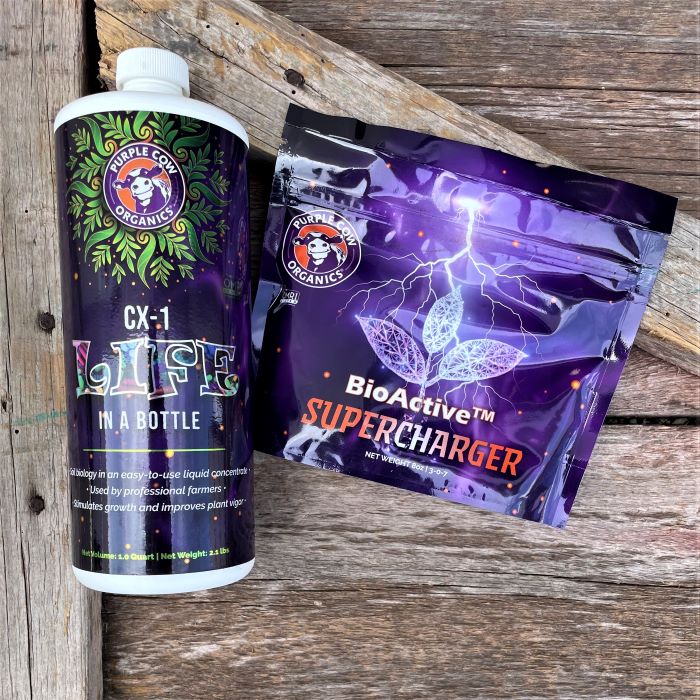
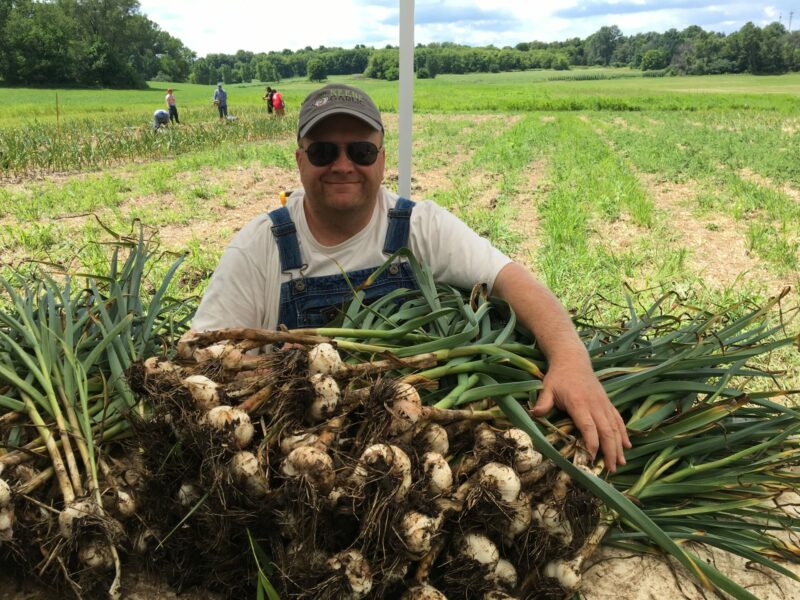



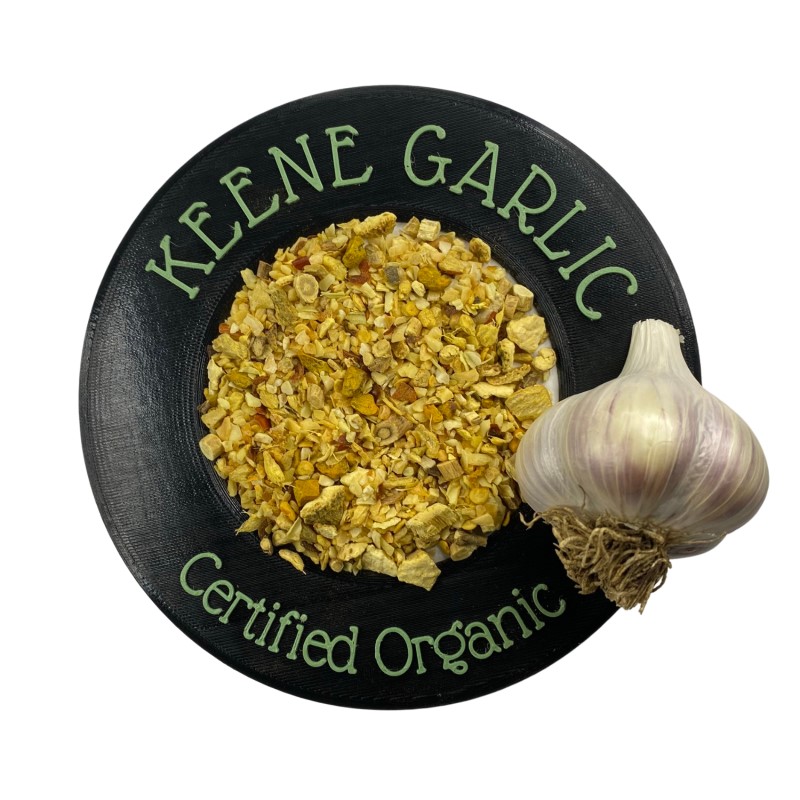
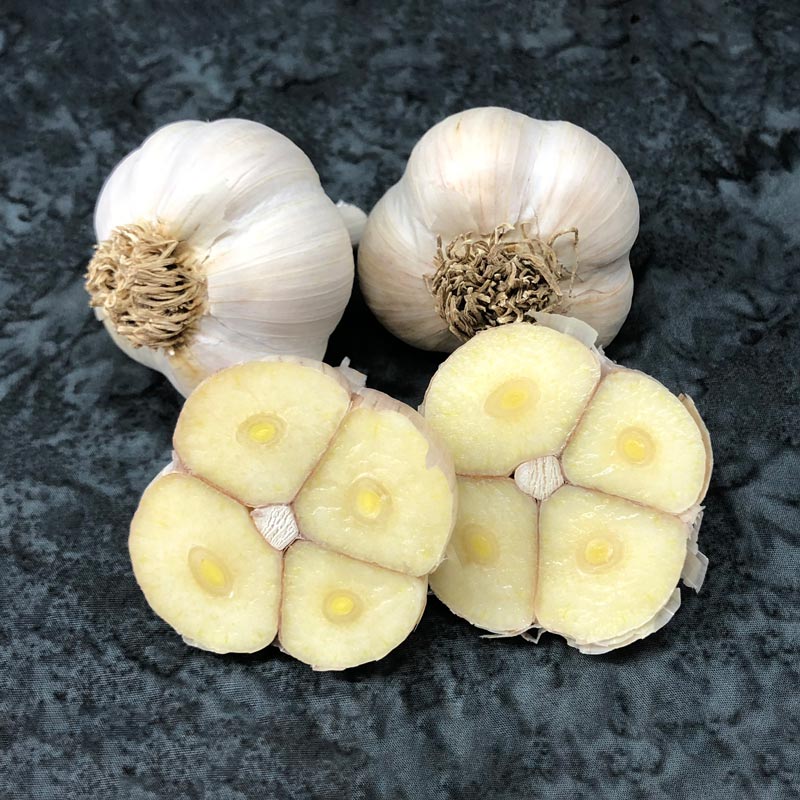
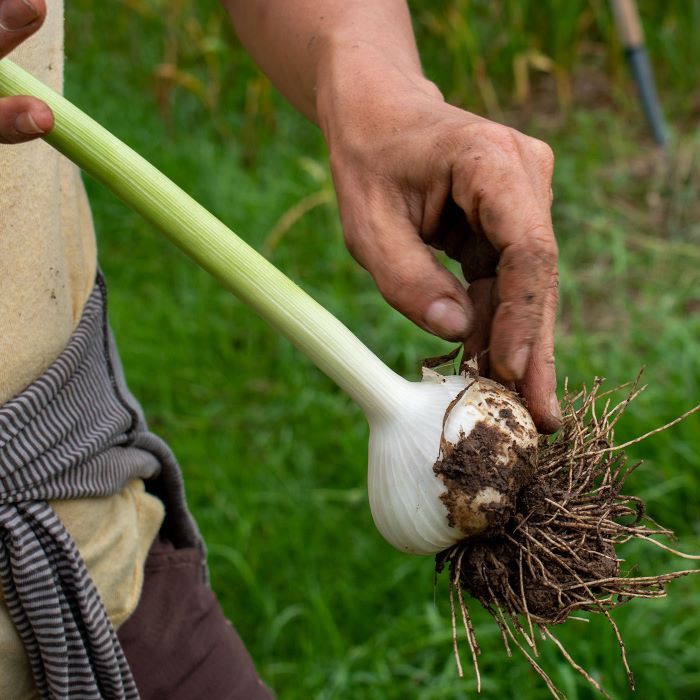
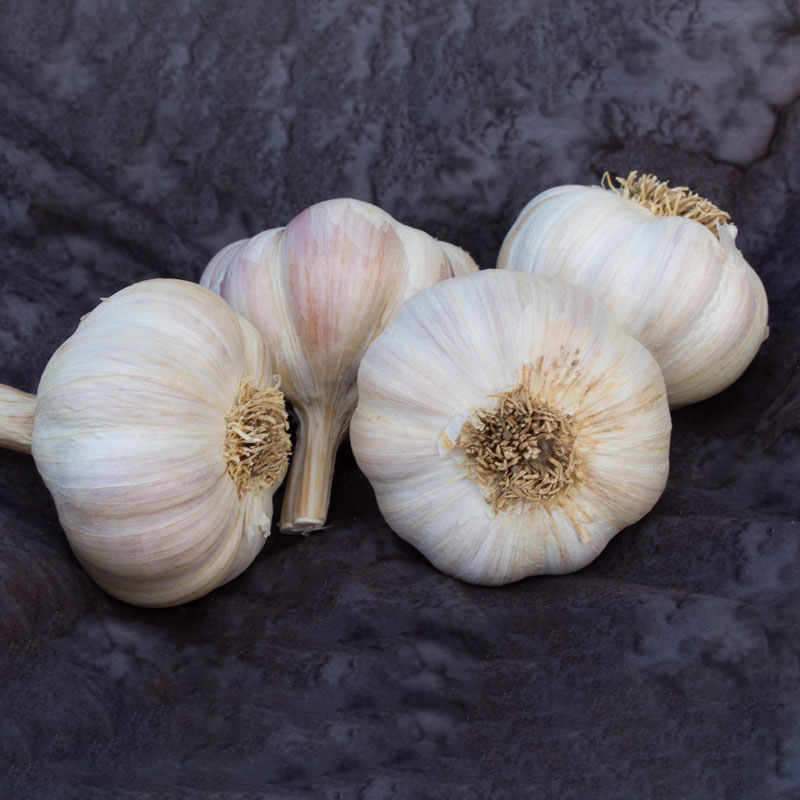
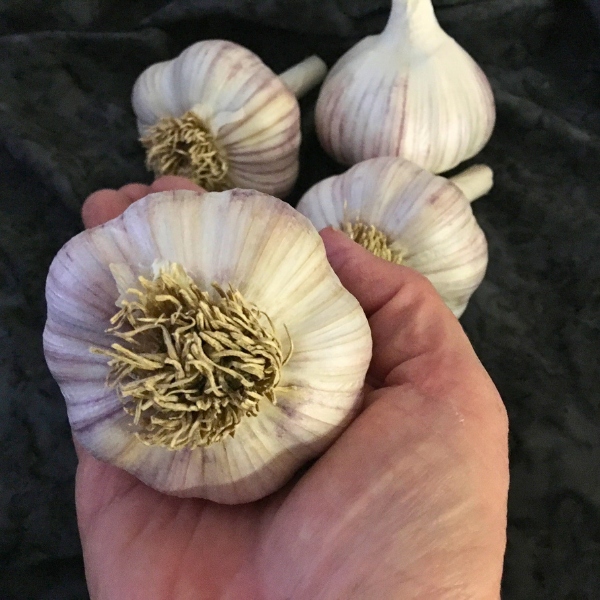
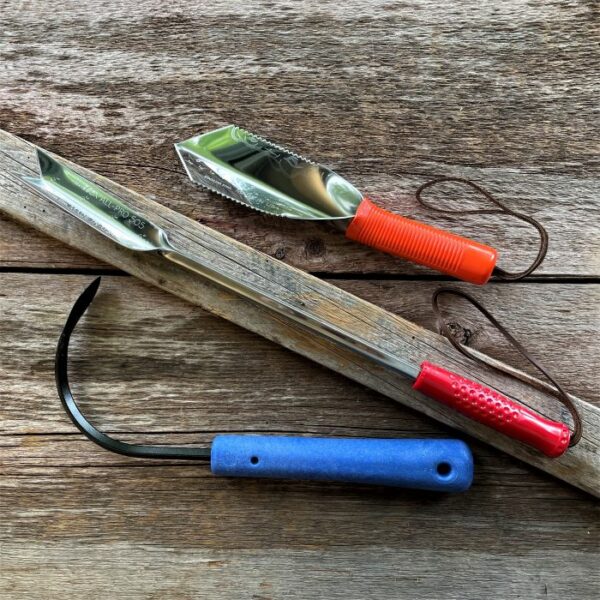
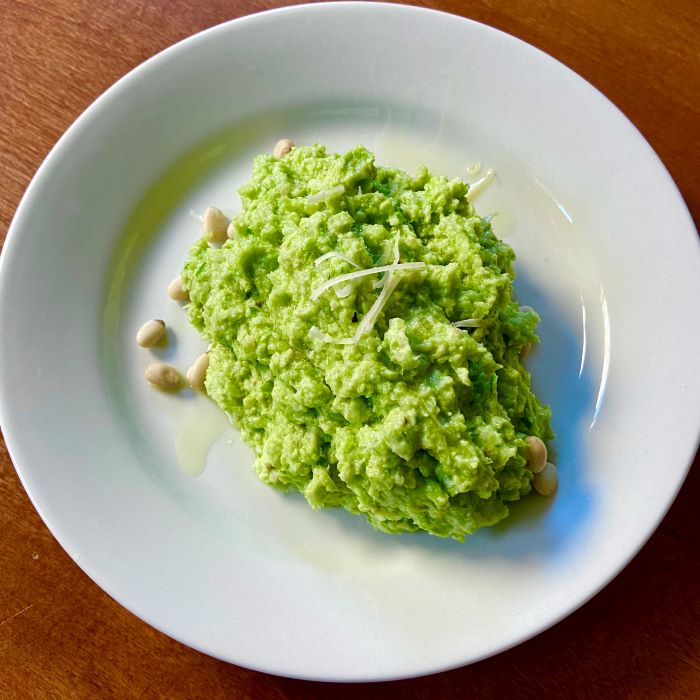
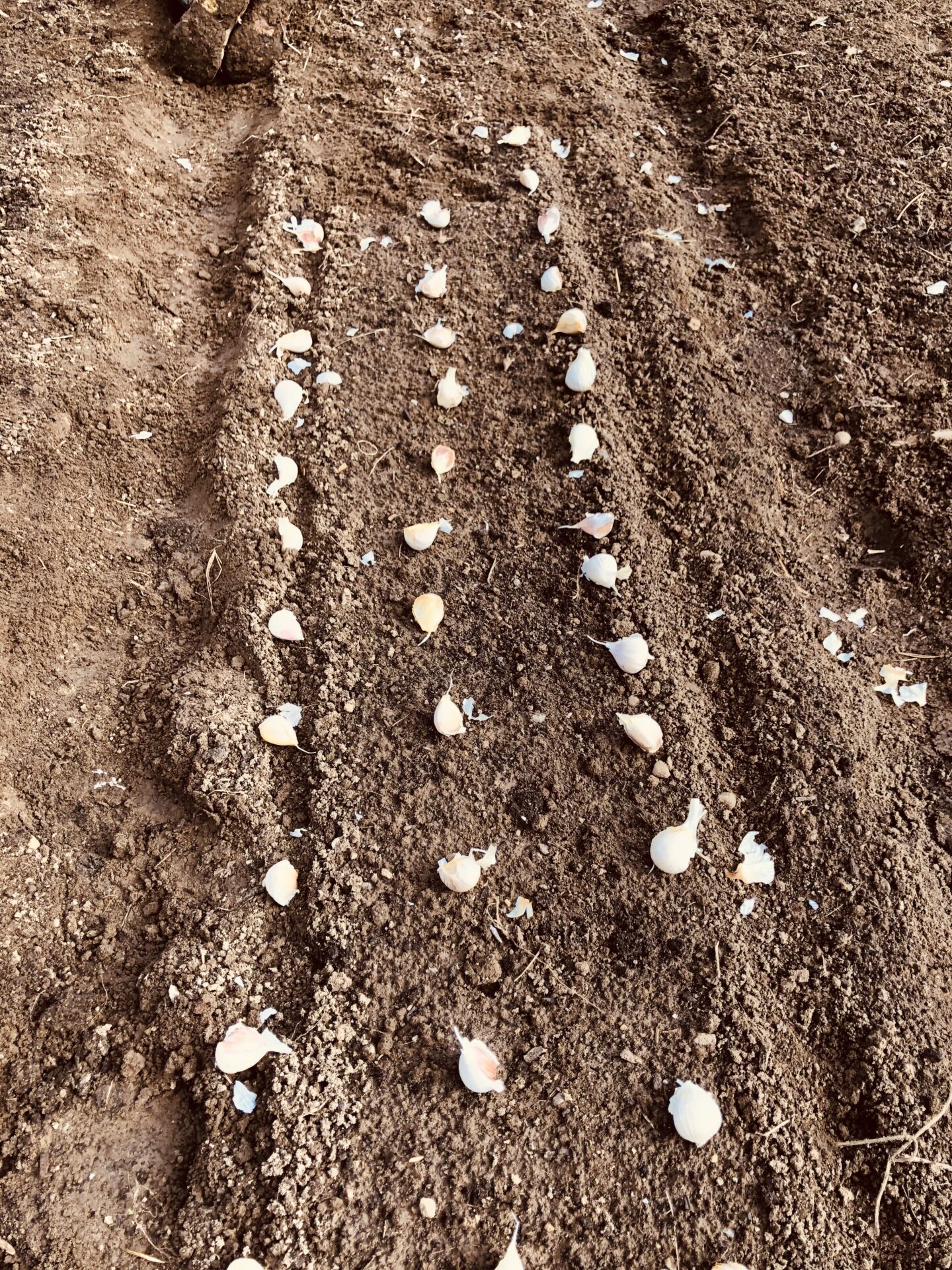
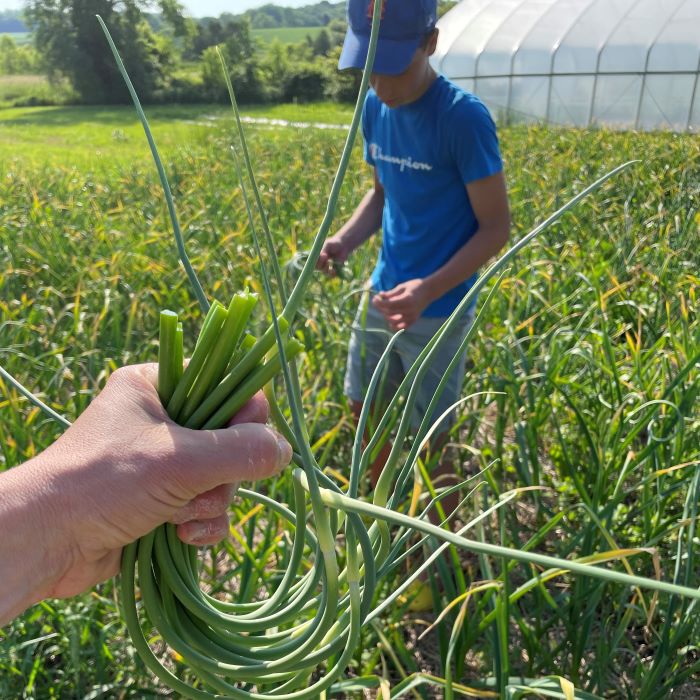
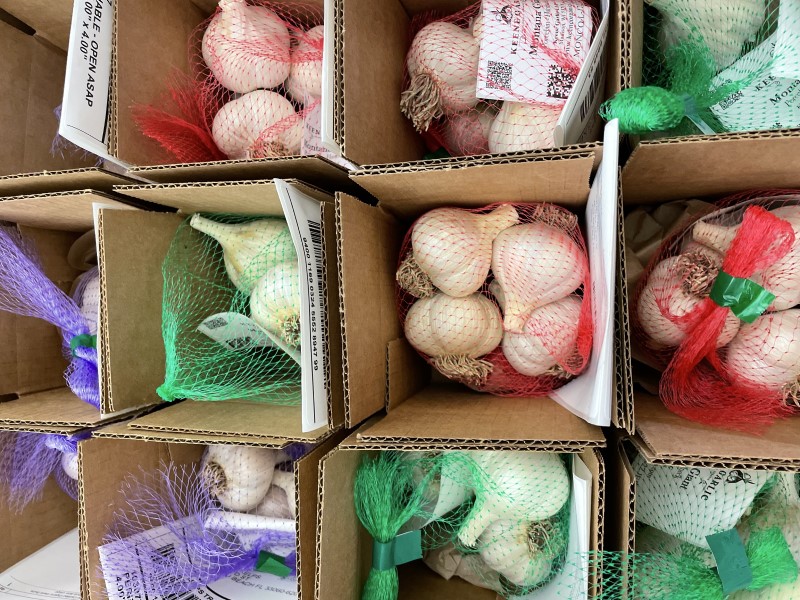
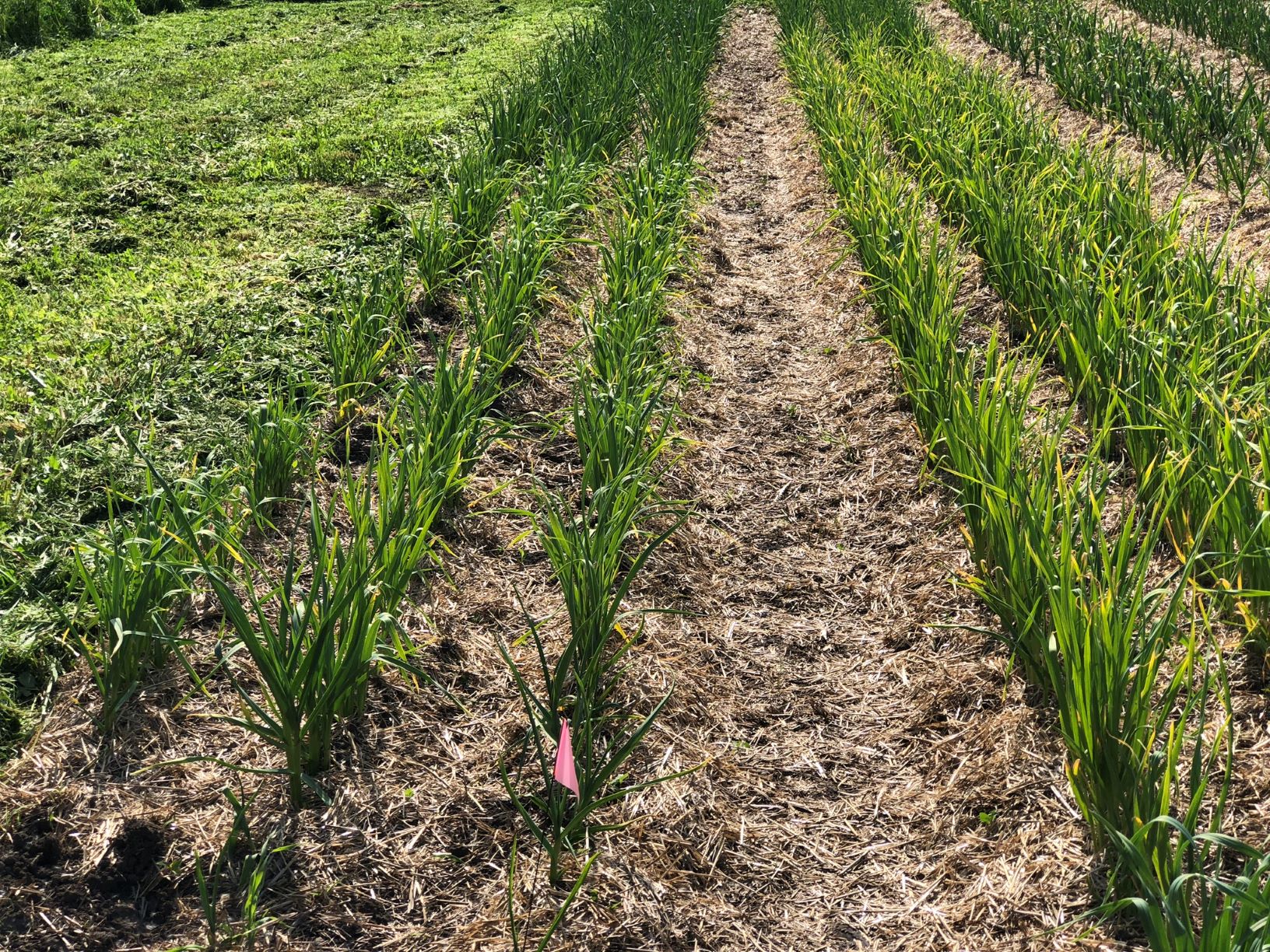

Growing red stripe varieties in North Georgia, zone 7, 2000 ft elevation. Due to unpredictable and variable seasonal temperatures I’m cold treating the bulbs for 40 days prior to planting. Planting window is the end of October to the middle of November. Mulch with ground up hardwood leaves and leave the mulch until harvest in June/July. Temporarily move the mulch by hand to side dress in the late spring. Harvest in stages from the end of June through the end of July. Average bulb size 3.2 ounces. Plant Sweet potatoes after garlic harvest.
I planted my garlic in October (zone 8b) and it sprouted in the fall, but this spring it resprouted and I wasn’t sure what to do about it. How can I prevent that?
My garlic sprouts after planting and the shoots are visible through the mulch throughout winter. The shoots stay small until early spring when I fertilize and begin regular watering.